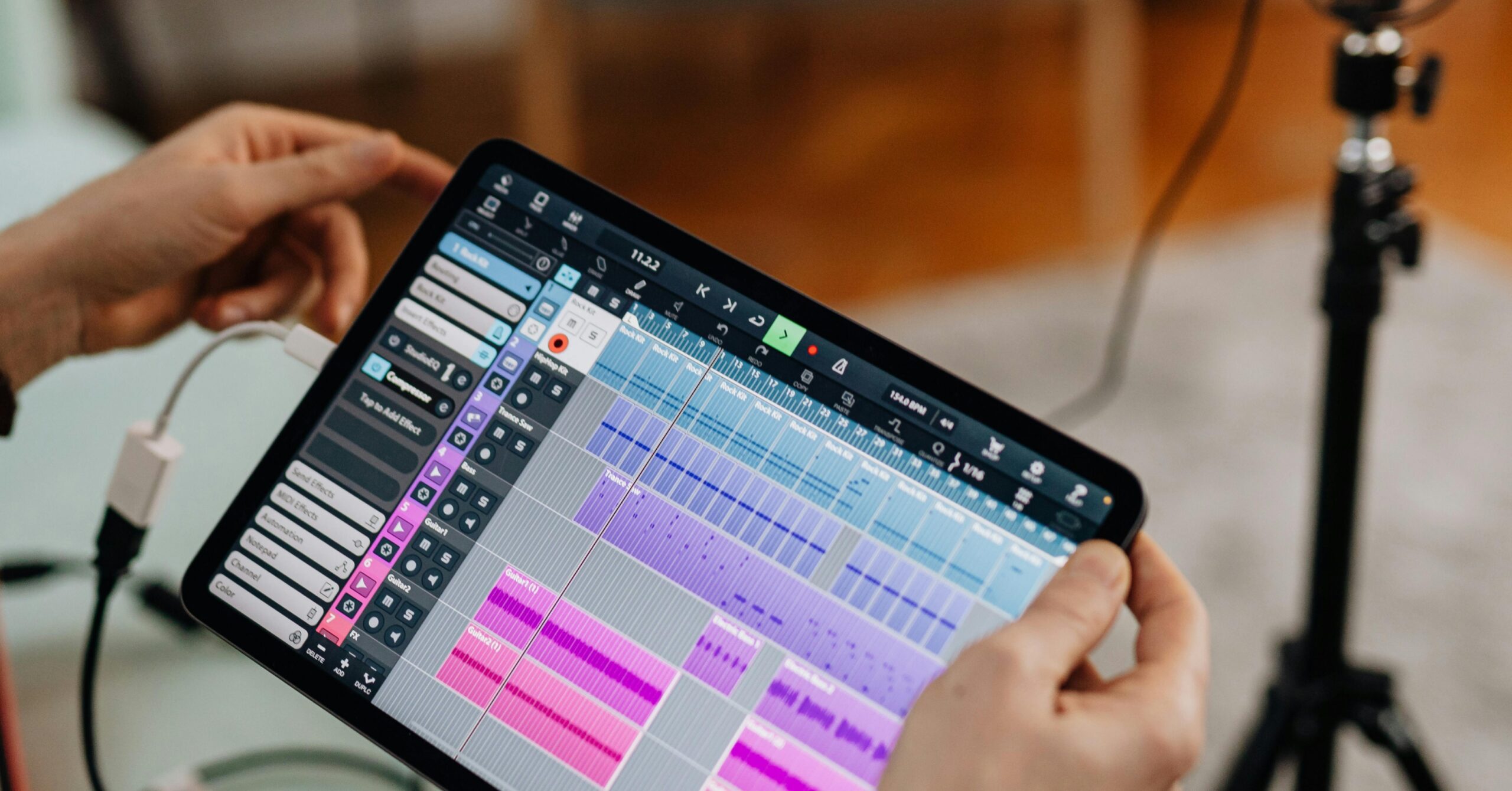How to Choose the Right Software
In the present, rapidly developing mechanical scene, the meaning of programming testing couldn’t possibly be more significant. With programming turning out to be progressively complicated and basic to different businesses, guaranteeing its quality and dependability is fundamental. Notwithstanding, viable programming testing requires the right devices. The market is overwhelmed with a variety of testing apparatuses, each offering various elements and capacities. As a result, picking the right software testing tools for your needs can be difficult. This article intends to give direction on exploring this complicated territory and making informed choices while picking programming testing instruments.
Grasping Your Necessities
Prior to jumping into the heap of testing instruments accessible, understanding your particular requirements is fundamental. This includes directing an exhaustive evaluation of your undertaking’s degree, targets, specialized stack, group skills, financial plan requirements, and courses of events. You can narrow down the pool of potential testing tools and concentrate on those that best meet your needs by clearly defining your requirements.
Kinds of Testing Devices
Programming testing instruments can be arranged into different sorts in light of their functionalities and the phases of the testing system they take special care of. A few normal sorts of testing instruments include
Test the board apparatuses
These apparatuses help in sorting out, arranging, executing, and following tests all through the product improvement lifecycle. They give highlights, for example, experiments with the executives, prerequisites for detectability, test planning, and revealing.
Tools for Automated Testing
Automated testing tools are made to run test cases automatically, speeding up the testing process and reducing manual labor. These devices are especially helpful for monotonous undertakings, for example, relapse testing, practical testing, and execution testing.
Execution Testing Devices
Execution testing apparatuses are well versed in evaluating the exhibition and versatility of programming applications under different circumstances. They reproduce genuine situations to recognize bottlenecks, measure reaction times, and enhance framework execution.
Load Testing Devices
Burden testing instruments are centered around assessing the way in which a product application behaves under unambiguous burden conditions. They recreate different clients getting to the framework at the same time to survey its ability, adaptability, and dependability under top burdens.
Tools for Security Testing
Security testing tools are made to find flaws and vulnerabilities in software applications that could be used by bad people. To make sure that the application’s defenses against cyber threats are strong, they conduct security scans, penetration tests, and code analysis.
Similarity Testing Instruments
Similarity testing apparatuses help in guaranteeing that a product application works accurately across various stages, gadgets, programs, and working frameworks. In order to ensure compatibility, they automate the cross-browser and device testing procedures.
Assessment Measures
Whenever you have recognized the sorts of testing apparatuses applicable to your task, it’s critical to lay out assessment models to evaluate each device’s reasonableness. A few vital variables to consider during the assessment interaction include:
Features and Features
Compare and contrast each testing tool’s features and features with your specific needs. Consider the tool’s ease of use, integration capabilities with other tools and frameworks, support for the types of testing you require, and customization options.
Scalability and Performance
Check the testing tool’s scalability and performance to make sure it can handle the number of tests and anticipated workload. Metrics like execution speed, resource consumption, and support for distributed testing environments should be looked for.
Integrations and Compatibility
Make sure the integrations work with your existing infrastructure, development tools, and technologies. Guarantee that the testing instrument can flawlessly coordinate with your nonstop mix (CI) and consistent conveyance (Disc) pipelines, variant control frameworks, bug global positioning frameworks, and undertaking the executives devices.
Backing and Documentation
Consider the degree of help and documentation given by the testing instrument seller. Search for thorough documentation, instructional exercises, client gatherings, and responsive client assistance channels to help with onboarding, investigating, and settling issues.
Cost and Permitting
Assess the expense structure and authorizing model of the testing device, including forthright expenses, membership charges, and continuous support costs. Consider whether the tool offers flexible pricing options to fit your budget, such as enterprise agreements, pay-as-you-go plans, or licensing for each user.
Local area and Notoriety
Evaluate the standing and local area presence of the testing device inside the product testing area. Search for client audits, contextual analyses, and support from industry specialists to measure the apparatus’ dependability, execution, and reasonableness for your requirements.
Preliminary and Verification of Idea
Prior to pursuing a last choice, think about directing a preliminary or evidence of idea (POC) to assess the testing device in a certifiable climate. Test its usefulness, execution, and convenience with a subset of your experiments to approve its viability and reasonableness for your task.
Contextual Analysis
Choosing the Right Testing Instruments for Undertaking X To represent the most common way of picking the right testing instruments, we should consider a speculative situation where a product improvement group is entrusted with building an online web-based business stage called Undertaking X. The group’s prerequisites incorporate robotized utilitarian testing, execution testing, and security testing to guarantee the unwavering quality, versatility, and security of the stage. The team chooses the following tools for Project X after thoroughly assessing their requirements and evaluating various testing tools
Robotized Useful Testing
Selenium WebDriver is picked for its strong mechanization abilities, cross-program similarity, and broad local area support. Its reconciliation with well-known programming dialects, for example, Java and Python, permits the group to use their current abilities and structures for test mechanization.
Execution Testing
Apache JMeter is chosen for its adaptability, adaptability, and extensive execution testing highlights. The team is able to identify and address performance bottlenecks in Project X thanks to its ability to generate performance metrics and simulate thousands of concurrent users.
Security Testing
OWASP ZAP (Zed Assault Intermediary) is picked for its strong security examining capacities and dynamic local area improvement. Project X vulnerabilities like SQL injection, cross-site scripting (XSS), and authentication flaws are identified and mitigated by its automated security tests.
Conclusion
The quality, dependability, and success of your software projects can all be significantly impacted by selecting the right software testing tools. By grasping your prerequisites, assessing various kinds of testing devices, and taking into account key factors like elements, adaptability, similarity, and cost, you can make informed choices and select the apparatuses that best suit your necessities. Make sure to test the chosen tools in your particular environment through trials or proofs of concept. You can streamline your testing procedures, enhance software quality, and provide exceptional user experiences with the right testing tools.










